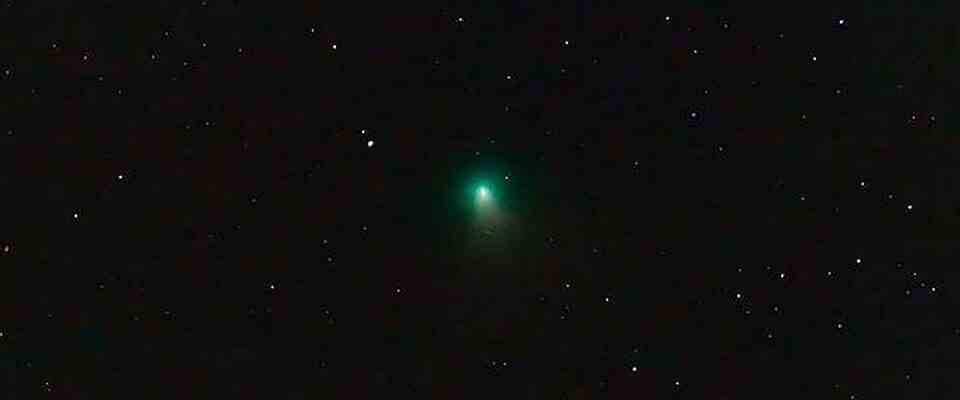Good visibility for Central Germany: You should have binoculars to hand for observation
It will be mag 5.5 in late January and early February. The magnitude (mag) describes the apparent brightness of a star or celestial body. The smaller the number, the brighter the object glows. 5.5 mag corresponds to the brightness of the gas planet Uranus.
However, the comet is becoming harder and harder to see in the coming nights due to the moon. It is best in the early morning hours. The comet can be seen in the northerly direction until dawn from around 6:00 a.m. – it is then more than 50 degrees above the horizon. Prerequisites for good visibility are above all the weather and a clear sky. A look at the MDR weather pages for Saxony, Saxony-Anhalt and Thuringia helps.
The full moon phase begins on February 5, 2023, so the sky will be very bright at night and fainter objects such as the comet will be outshone. But in about a week the conditions should improve again. “From February 6th to around February 20th, it should be quite visible,” says Dr. Eike Günther from the Thuringian State Observatory Tautenburg.
Near Mars: Comet C/2022 E3 will be visible in the evening hours from February 8th
In the nights after the full moon, the comet will shine a little dimmer at about 6.0 mag, but the moonlight will no longer disturb the view of other celestial objects as much. From February 8, 2023 we will again be expecting moonless hours in the dark evening sky. Around 7 p.m. you can then see the comet in the south-eastern direction in the sky for almost an hour.
How bright comets actually are is difficult to predict. With a small telescope you have a good chance, with the naked eye not so good chances. At the beginning of February it should also be possible with binoculars.
On the evening of February 10, 2023, the comet will pass Mars as seen from Earth – then it’s worth looking through binoculars or a good camera with a long lens. You should then set the exposure time of your camera to 20 or 30 seconds. Then you can probably look forward to a photo with a probably blurred green object and a tail.

